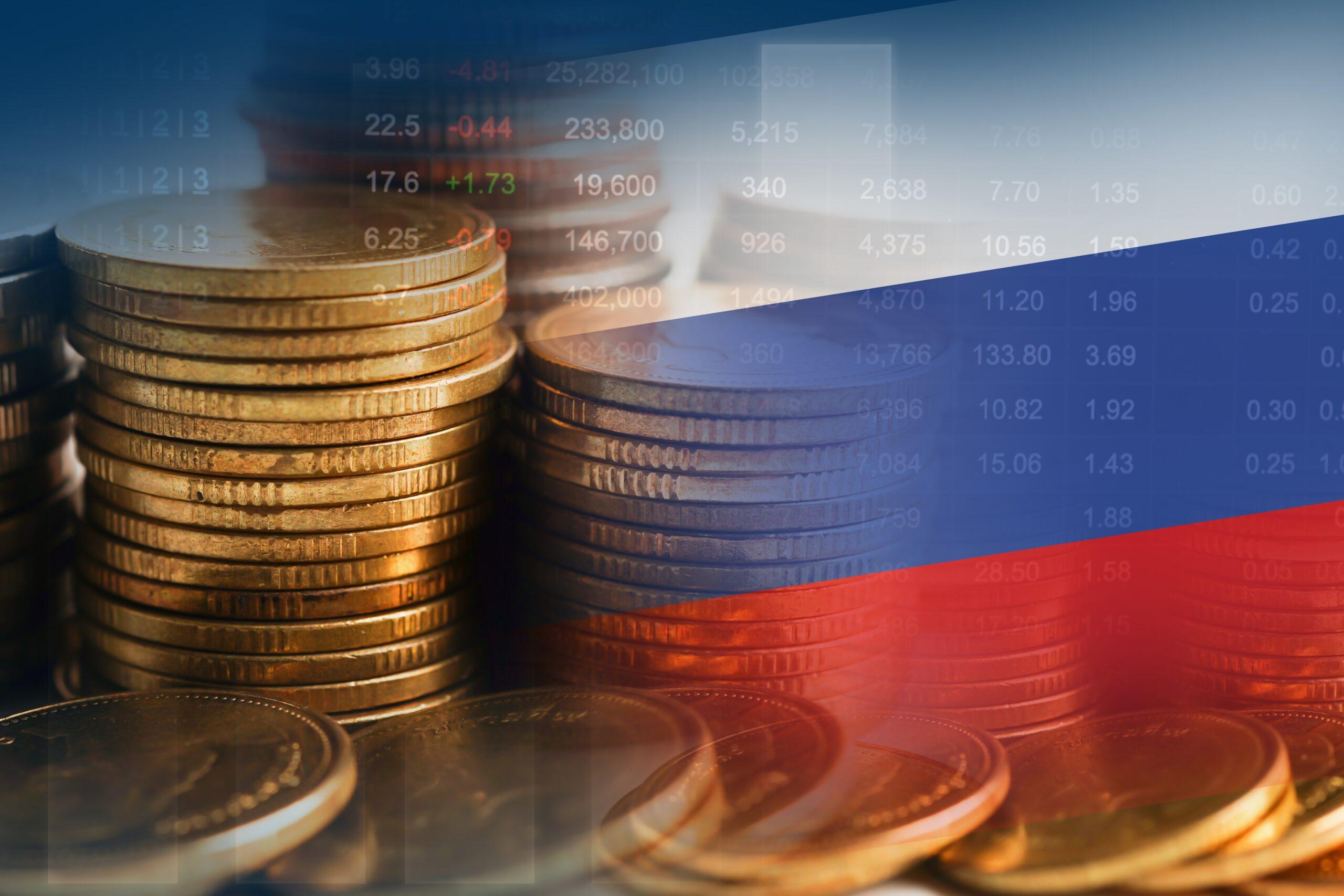
Read more
Blog
Greening African Finance: Barriers to Issuing Green Bonds and How to Overcome Them
Summary Africa is the continent most vulnerable to climate change. Unfortunately, African countries do not have the wealth to implement the adaptation measures needed. One of the tools most promising to support specific climate-related...
In a 1934 interview with the New York Times, Joseph Stalin reported that the USSR’s gold production in 1933 was 80 million tons (Osokina 2021). In the late 1980s unclassified archival documents revealed that the production was in fact 50 million. Most of the difference of 30 million tons was confiscated from USSR citizens that year, not produced. However, foreign officials and investors had few data sources, and for many years they used this number as a starting point to estimate the current stock of gold in the USSR. When this and other secrets were revealed, the bankruptcy of the USSR became evident.
Fiscal capacity and secrets
Understanding Russia’s fiscal capacity – appropriately discounted expected future primary surpluses (Jiang et al. 2023), or just a governmental budget constraint – is of great interest to many. Domestic households would benefit from knowing it because they must decide whether to invest their money in Russian banks or abroad, which is now not trivial. Ukrainians and their allies are interested in it to assess military prospects. Russian creditors, or the few left, are using estimates of it to determine how much they can lend and when to stop rolling over the debt.
So how can the fiscal capacity of a country be measured? To do so, one would collect data on debt-to-GDP ratios and projected primary surpluses, and look up the latest IMF Article IV analysis and surveys by professional forecasters, etc. Somebody eager to understand Russia’s prospects would also inspect the banking sector (primarily state-owned), oil and gas industry (state-owned too, and heavily taxed) and regional budgets (de facto controlled by the Kremlin).
However, the case of Russia is even more difficult because the country is engaged in what many agree is a war of attrition. It is not only crucial for public officials in charge of the war effort that Russia has the resources to continue it, but also that everyone believes that the country’s fiscal capacity is large enough to do so. Fog-of-war tactics help achieve this, and secrecy should be considered another financial stability tool and a factor determining fiscal capacity.
The fiscal capacity of Russia
Looking at publicly available figures on Russian public finances, everything seems normal. According to IMF WEO data and projections for 2023, the end-of-year inflation rates are projected to be 14% and 5% in 2022 and 2023 respectively. The primary deficit is expected to be around 3.5% of GDP in 2023. As a result, gross government debt is projected to be slightly above 20% of GDP by the end of this year.
One may currently rely on official statistics, but the situation is subject to change. As the war continues, statistical data from Russian official sources are becoming increasingly scarce and fragmented. Over the past decade, federal budget expenditure has become more confidential, with a more significant share financing military expenses. This trend has accelerated since 2022. The increasing opacity of the economy makes it difficult for outsiders to assess its prospects, and any projections are likely to be inaccurate.
Intransparency as a policy tool
There are two reasons for Russia’s lack of transparency in economic and financial data. First, it could be attributed to the ongoing war and political oppression in the country. Second, it is intended to maintain the financial stability of the Russian economy. There is already evidence that autocratic regimes tend to overestimate their countries’ GDP growth rates (Hu & Yao 2021). Furthermore, recent historical work highlights that even public debt financing could be kept hidden during times of war (Goldberg 2023).
Higher opacity might signal but does not necessarily imply a weaker fiscal position. As for Russia, some intransparency measures were implemented after many countries imposed financial sanctions on Russian entities. This was and is a way to complicate enforcement of them. Others could be related to the decreasing accountability of the Russian elite and increasing corruption associated with institutional collapse. Ongoing war makes it easier to convince the public that military spending and the like should be hidden.
However, opaque public finances might help to cover up deteriorating fiscal capacity. When information is controlled from the top and is scarce, people might have fewer reasons to panic and, for example, not run on the banks. If everything goes as usual, why bother? One could even argue that it is a desire to make things look normal that made the federal government not default on its obligations to Western creditors when they had this chance. And this is when public officials claim that Russia is at war with NATO.
USSR hidden debt and price stability in the 1960-1980s
If one thinks that a fog of war cannot help achieve stabilisation of finances, one should take a closer look at the late Soviet Union. Price stability was a significant concern for policymakers at the time, and everyone understood that it was impossible without proper financing. However, marketing new public debt was complicated, and the government decided to issue it secretly (Nakamura 2017). This debt was financed by the only savings bank that channelled household resources towards the needs of the government. The rise in the public debt level was unknown to them and other outsiders. The trick worked. From the mid-1960s until the late 1980s the government succeeded in maintaining price stability – before it collapsed with the country in 1991. Most Soviet households were affected by what the government then called the “freeze of the deposits” – de facto a default, but the system was functioning under secrecy for many years.
USSR 2.0?
Some think the Soviet Union collapsed because its leaders did not understand how the economy worked. However, as the historical anecdote above and many other sources (e.g. Harrison 2023) have shown, they were good at hiding and changing information to get what they wanted – at the expense of others.
Today, Russian policymakers are fundamentally doing the same thing as their predecessors, which is bad news for everyone else. Although it may help them support the Russian economy in the short term, it is only “frozen” promises that Russian creditors will receive in the end.
References
Harrison M. 2023. Secret Leviathan: Secrecy and State Capacity under Soviet Communism. Stanford, California: Stanford University Press.
Hu Y and Yao J. 2021. Illuminating economic growth. J. Econom.
Jiang Z, Lustig H, Van Nieuwerburgh S and Xiaolan MZ. 2023. Fiscal Capacity: An Asset Pricing Perspective. Annu. Rev. Financ. Econ. 15(1):197-219
Nakamura Y. 2017. The relationship between the real and financial economies in the Soviet Union: An analysis of government debts using newly available data. Explor. Econ. Hist. 66 (March 2016): 65-84
Osokina EA. 2021. Stalin’s Quest for Gold: The Torgsin Hard-Currency Shops and Soviet Industrialization. Ithaca [New York]: Cornell University Press.
